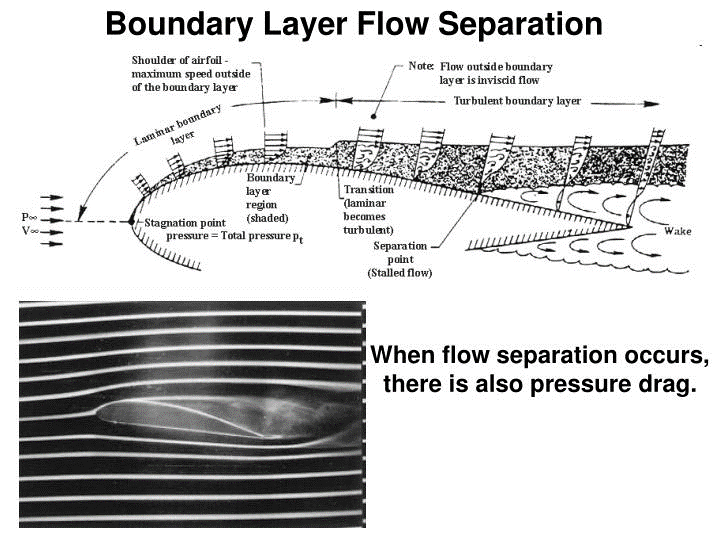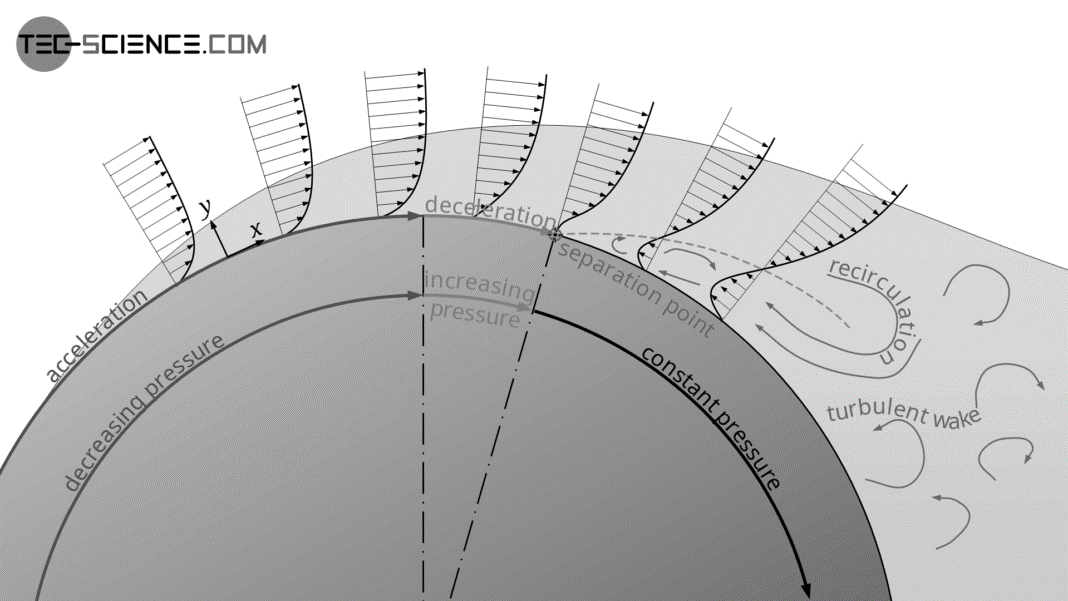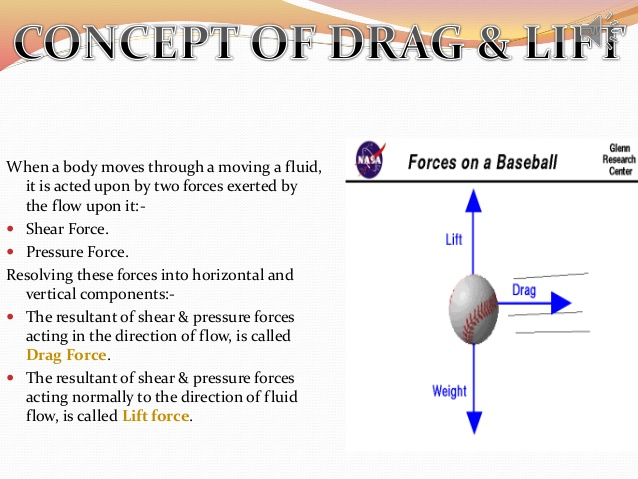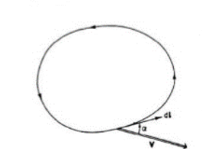Unit-7
Flow through Pipes
When a fluid is flowing over a stationary body, a force is exerted by the fluid on the body. Similarly, when a body is moving in a stationary fluid, a force is exerted by the fluid on the body.
Also, when the body and fluid both are moving at different velocities, a force is exerted by the fluid on the body.
Some of the examples of the fluids flowing over stationary bodies or bodies moving in a stationary fluid are:
1. Flow of air over buildings
2. Flow of water over bridges
3. Submarines, ships, airplanes and automobiles moving through water or air.
Total pressure: The total pressure is the sum of static pressure and dynamic pressure and the gravitational potential energy per unit volume. It is therefore sum of mechanical energy per unit volume in a fluid.
PTotal= P1+P2+P3+….
Total pressure on the immersed surface: The total pressure exerted by a liquid on an immersed surface may be:
Key Takeaways:
When a fluid is flowing over a stationary body, a force is exerted by the fluid on the body. Similarly, when a body is moving in a stationary fluid, a force is exerted by the fluid on the body.

Figure 1: Airfoil for separation concept
However, according to Bernoulli’s principle, a change in kinetic energy is directly linked to a change in static pressure. In this case, the increase in kinetic energy is at the expense of the pressure (energy). The static pressure thus decreases to a minimum up to the thickest point of the cylinder. The pressure gradient in x-direction is negative in this area (∂p∂x<0).

Figure 2: Flow of fluid in air craft
Now the effective cross-section of the flow increases, as the cylinder cross-section decreases (the flow has more space, so to speak). The flow slows down and the static pressure rises again in the x-direction to finally reach the level of the atmosphere (∂p∂x>0). This pressure gradient acting against the actual direction of flow is called adverse pressure gradient. Note that this pressure gradient is mathematically positive and not negative, as the pressure increases in the positive x-direction.
depending on the shape of the body, the resulting adverse pressure gradient can become very large due to the decrease in speed and the boundary layer thickness increases significantly. In the case of the cylinder, the adverse pressure gradient even becomes so large that the flow is forced back against the actual flow direction. This results in a backflow area and the laminar flow detaches itself from the contour at this point. A so-called turbulent wake is formed behind the body.
From a mathematical point of view, flow separation begins at that point on the surface where the flow is pushed back so strongly that the velocity gradient in the y-direction becomes zero (there is now a inflection point in the velocity profile!). According to Newton’s law of fluid friction, this means that the shear stress at the wall, the so-called wall shear stress τw, also becomes zero.
 condition for flow separation.
condition for flow separation.
The separation of the boundary layer takes place at the point where the wall shear stress becomes zero. The fluid particles follow the pressure drop which acts against the main flow direction (recirculation area).
Key takeaways:
When a body moves through a moving a fluid, it is acted upon by two forces exerted by the flow upon it: -
Resolving these forces into horizontal and vertical components: -

Figure 3: Diagrammatical representation of drag force
The resultant of shear & pressure forces acting in the direction of flow, is called Drag Force.
Drag is the retarding force exerted on a moving body in a fluid medium.
It does not attempt to turn the object, simply to slow it down.
It is a function of the speed of the body, the size (and shape) of the body, and the fluid through which it is moving.
Key takeaways:

Circulation:
The circulation, C, about a closed contour in a fluid is defined as the line integral evaluated along the contour of the component of the velocity vector that is locally tangent to the contour.
Circulation, which is a scalar integral quantity, is a macroscopic measure of rotation for a finite area of the fluid.
“Meaning” of Circulation:
Circulation can be considered as the amount of force that pushes along a closed boundary or path. Circulation is the total “push” you get when going along a path, such as a circle.




Figure 4. Circulation
Lift Force:
The force per unit length of cylinder due to pressure on the cylinder surface can be obtained by integrating the surface pressure around the cylinder.
The tangential velocity along the cylinder surface is obtained by letting r=

The surface pressure as obtained from Bernoulli equation is

Where is the pressure at far away from the cylinder.
is the pressure at far away from the cylinder.
Hence,

The force due to pressure in x and y directions are then obtained by-

Where 

The development of the lift on rotating bodies is called the Magnus effect. It is clear that the lift force is due to the development of circulation around the body.
An airfoil without rotation can develop a circulation around the airfoil when Kutta- condition is satisfied at the rear tip of the air foil.
Therefore, the tangential velocity along the cylinder surface is obtained by letting r=
This forms the base of aerodynamic theory of airplane.
Key takeaways:
References: